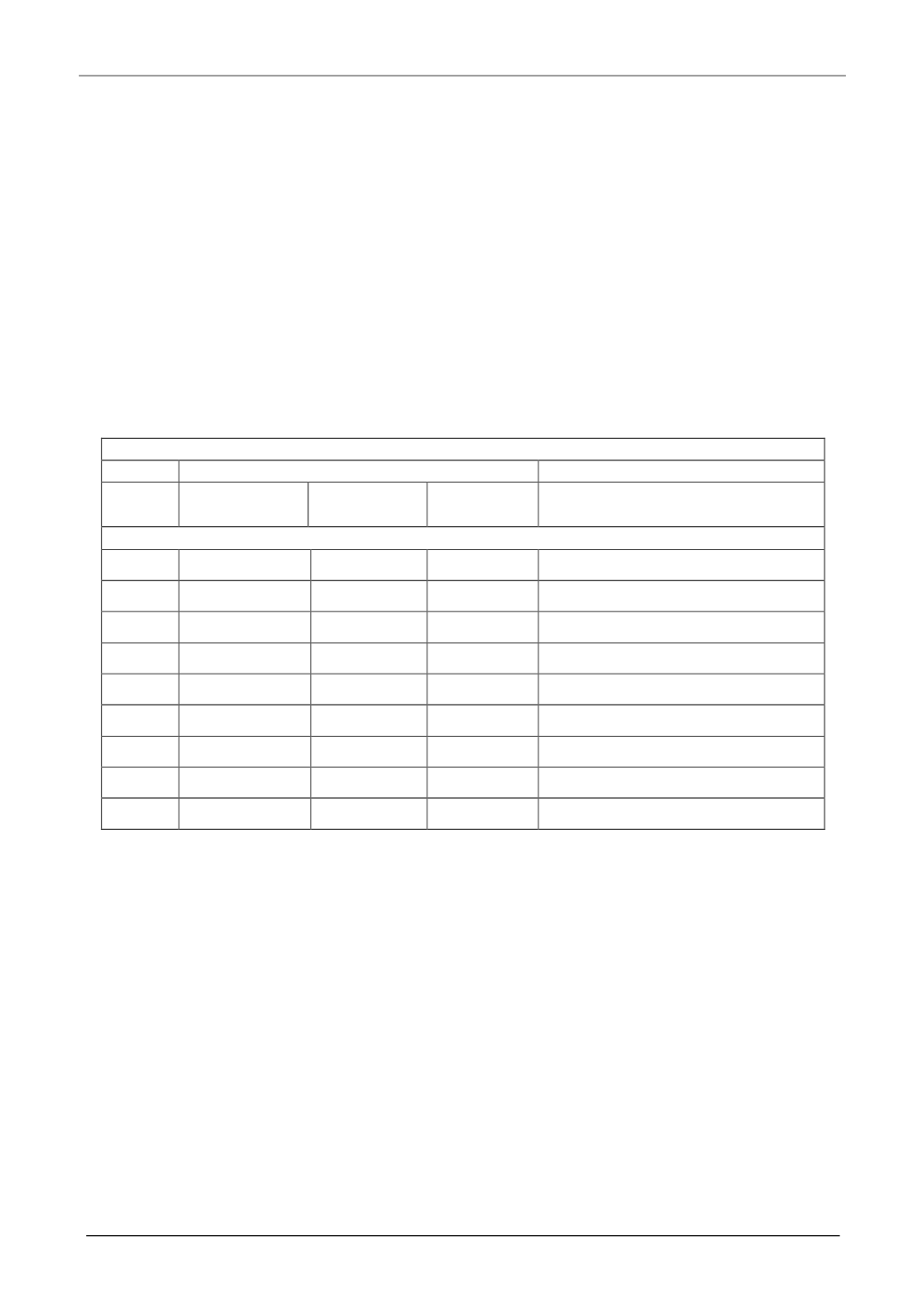

Механики XXI веку. № 15 2016 г.
438
With use of POZh "MAXFLIGHT 04":
tW t Т
WТ
t
W
Т
t
W Т
Y
av
av
av
av
Maxflight
062 .0
17.0
22.0
27.0
43.0
03.0 4.4
14.8
66.0 22.41
2
2
2
(2)
The carriage 5 with AIL tank 7 via the strain gage (ST model) 29 is connected with the driving gear
30 consisting of a traction winch, the P-21 direct current electric motor (is powered from a network via the
PHO-250-2 transformer and the power VL-200 diodes rectifier), a worm reducer of RCh-3, v-belt transmis-
sion, the cam clutch located on the winch shaft.
The stand is provided with a set of the tens metric equipment 31 (an electronic dynamometer DOR-
3-5I) and the device to measure temperature and moisture content 33 (CENTER 315 thermohydrometer).
As function of a response the size of the conditional and instant specific coefficient of freezing
(CISCF) and that is the shift tension originating at the beginning of soil-metal shifting. Soil-metal shifting
without liquid intermediate layer occurs similarly without lubricant feeding. For pilot studies the loam soil
was used of: 7.5%, 12,5% and 17,5% moisture content, time of contact processing resulted in of 3, 5 and 7
mins (tab. 1).
Table 3
The one-factor equations for shift tension with AIL application
Applying the anti-icing liquid MAXFLIGHT
№
Natural values of factors
One-factor equations
A
t
ср
, ˚С
B
W,%
C
t, min
Shift tension, N
1
-
17.5
7
2
03.0 4.4 43.40
a
a
Y
-
12.5
5
2
03.0 94.2 18
a
a
Y
-
7.5
3
2
03.0 5.17.13
a
a
Y
2
5
-
7
2
43.0 7.9 39.55
b
b
Y
-15
-
5
2
43.0
15.5 57.52
b
b
Y
-35
-
3
2
43.0
626 .0 99.9
b
b
Y
3
5
17.5
-
2
27.0
465 .28.13
c
c
Y
-15
12.5
-
2
27.0 2.6 26.31
c
c
Y
-35
7.5
-
2
27.0 9.9 26.2
c
c
Y
Quasi one-factorial dependences in which two recorded factors were constructed.
The analysis of the studied dependences shows that the environment temperature drop increases the
shift tension both with and without AIL application by 5. 8 times. The anti-icing liquid application positively
influences on the shift tension, it decreases by 2. 2,5 times (see Fig. 2).
The analysis of these dependences shows that if the soil moisture content increases the shift tension
increases too. If anti-icing liquid is used the shift tension decreases by 1,5…2 times (see fig. 3).
The analysis of the dependences shown on fig. 4 demonstrates that if contact time of soil - metal sur-
faces increases, the shift tension increases as well (except experiments with the damp soil at % W=17,5, Tav.
= 5
0
С) on average by 1,2…2,3 times. The shift tension decreases by 1,4…3 times when anti-icing liquid is
applied in comparison with the tension without applying anti-icing liquid.














